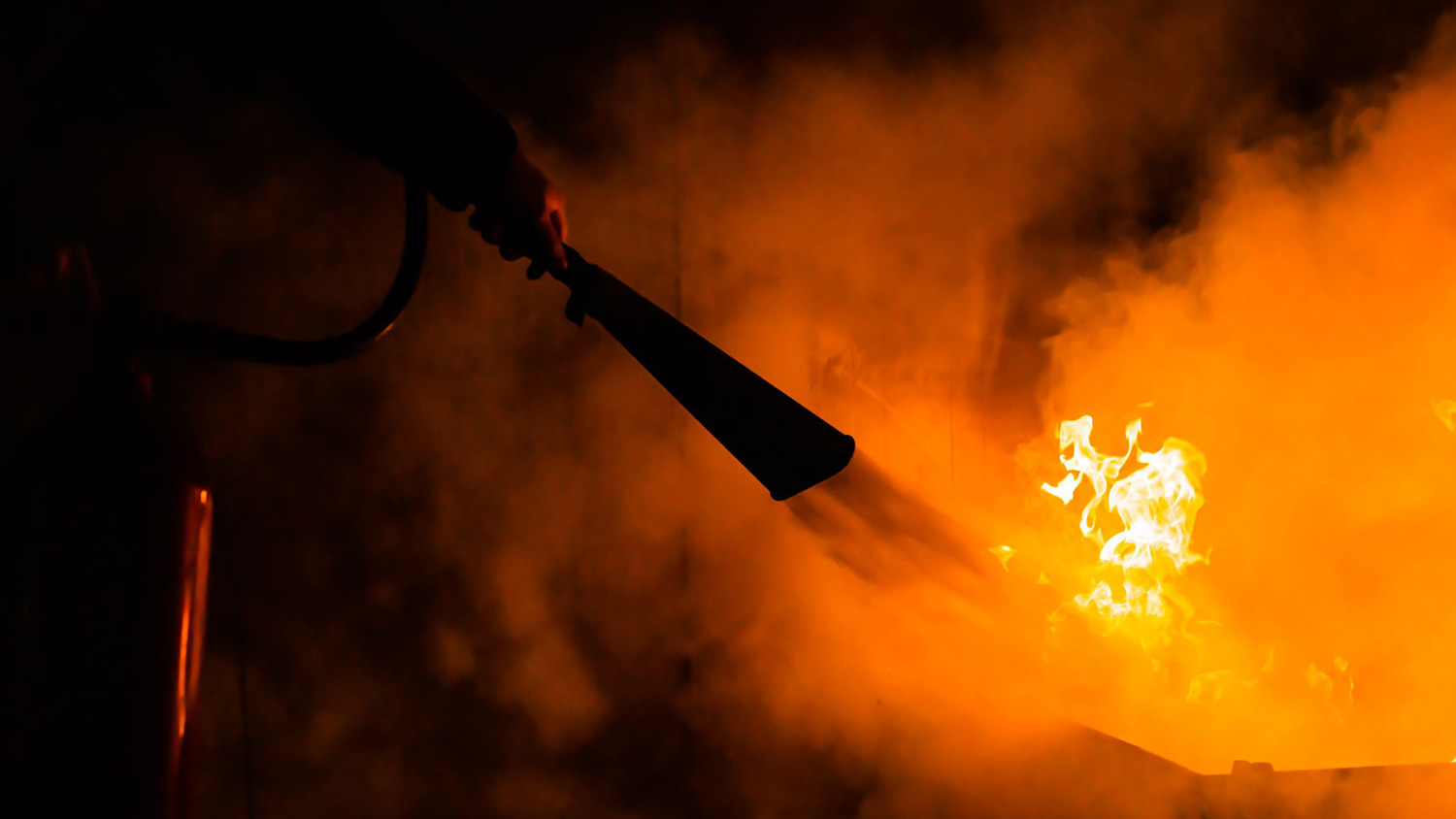One of the UK’s leading fire door inspection organisations has warned of a “tragedy waiting to happen” after it revealed three-quarters of the fire doors inspected in the UK by its approved inspectors did not meet the required standard.
Data from the Fire Door Inspection Scheme (FDIS), based on more than 100,000 fire door inspections carried out by its approved inspectors in 2021, found that 75% of fire doors failed to meet the required standards, putting lives at risk in the event of a fire.
Buildings that had the highest number of fire door inspection failures included healthcare buildings, local authorities and housing associations, and private housing. Given that these buildings’ fire doors are subject to higher use and traffic than other building types, regular inspection and maintenance is key to ensuring they remain fit for purpose throughout their lifespan.
Louise Halton, FDIS Scheme Manager, said:
“With the vast majority of fire doors in the UK failing inspections, it’s sad to say that a tragedy is simply waiting to happen, especially so in buildings that are home to vulnerable residents. But this situation is entirely preventable and, at this stage, still reversible. A fit for purpose fire door can save lives, so now is the time for all of those responsible for fire safety to urgently inspect fire doors in their buildings and act immediately if faults are identified. It’s crucial that reputable and trained fire door inspectors, such as those approved by the FDIS, carry out fire door inspections. However, the ongoing reporting of maintenance issues with fire doors is a role for us all – every building user should play a proactive role in reporting any faults to ensure they are quickly addressed so that the building’s safety is maintained.”
The most common reasons for inspection failure – which can be a result of one or multiple issues – were excessive gaps between the door and the frame (77%), care and maintenance issues (54%) and issues over smoke sealing (37%). In almost a third (31%) of cases, inspections failed due to improper installation – meaning those doors were never fit to perform the task of holding back fire and smoke.
The inspection data also revealed inspectors’ top three fire safety concerns as a lack of fire door maintenance, poor knowledge of fire safety responsibilities and a limited understanding of the role fire doors play in keeping people safe by those responsible for building fire safety.
Halton added:
“The issues surrounding the understanding and knowledge of those responsible for fire safety was also highlighted in the FDIS’ inspection data released in 2020 as a key concern. This clearly demonstrates the need for individuals throughout the building safety sector to have access to quality training, assessment and examination to ensure their knowledge is up to date, and that they understand the fundamental role of a fire door – which is only fit for purpose if it is maintained correctly and inspected regularly.”
The positive news is that there is a will to improve. Since the introduction of the Building Safety Bill (now the Building Safety Act 2022), 77% of FDIS inspectors have seen an increase in demand for fire door inspections. This indicates the importance and effect of the legislation in encouraging building owners and fire safety professionals to take a more proactive approach to fire door safety and maintenance.
FDIS-certified inspectors are uniquely trained to undertake fire door inspections and improve building fire safety. All approved inspectors have completed the FDIS certificated inspector training and onsite assessment, which provides an understanding of fire doors and their components, including testing and certification, regulations and standards, inspection, and maintenance.
For more information about the FDIS and to find an approved FDIS Inspector, visit https://fdis.co.uk
You may also be interested in
RELATED CONTENT
RELATED COURSES

The Fire risk assessment course is designed for individuals responsible for managing fire safety in a workplace or building.

The Fire safety course introduces learners to the dangers, controls and responsibilities associated with fire safety.

The Fire warden course provides the knowledge and skills for a fire warden to identify hazards and prevent fires.

Introduction to health and safety gives learners a basic introduction to managing safety in their workplace.

With many changes introduced by the Building Safety Act 2022, implemented in April 2022, there remains some confusion over who’s responsible for what ...

Over 60% of people responsible for fire safety in the workplace believe they “could be doing more to ensure the building is fire safe".

From 23 January 2023, responsible persons will be required to comply with additional responsibilities introduced under the Fire Safety (England) Regul...

The Fire Safety Bill has been introduced as part of the government's commitment to improving building safety.